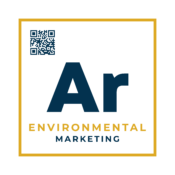
- All Articles
- 0 Comments
The Case for Corporate-Funded Education in a Misinformation Era About every four years, large corporations work to adjust their framing to ensure their communications align with the prevailing political, regulatory, and economic landscape. While sustainability and circular economy initiatives generally have broad bipartisan support, the specific language and priorities can shift depending on the administration’s […]
Read More



